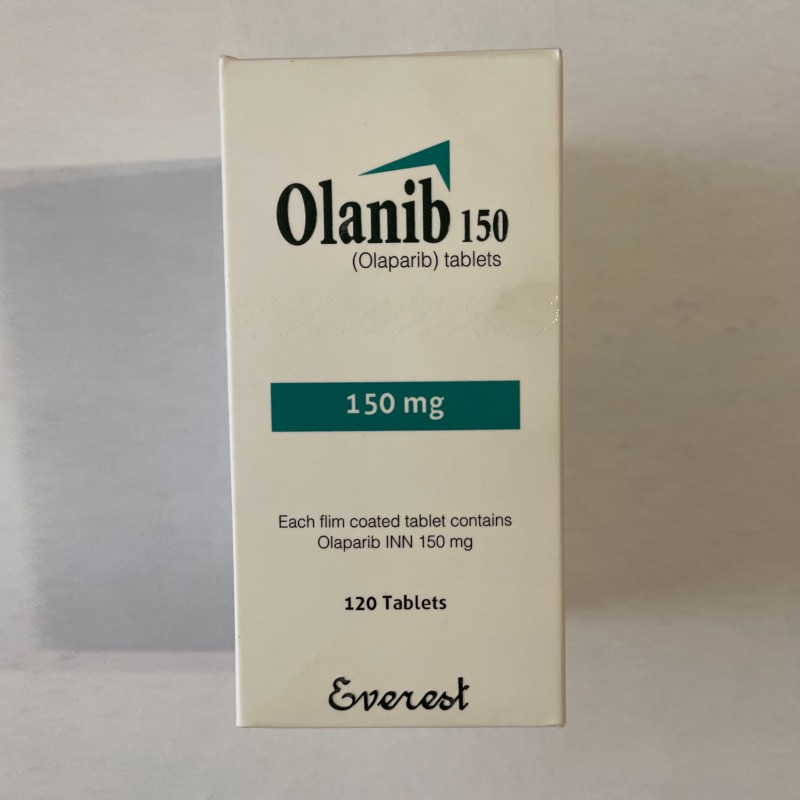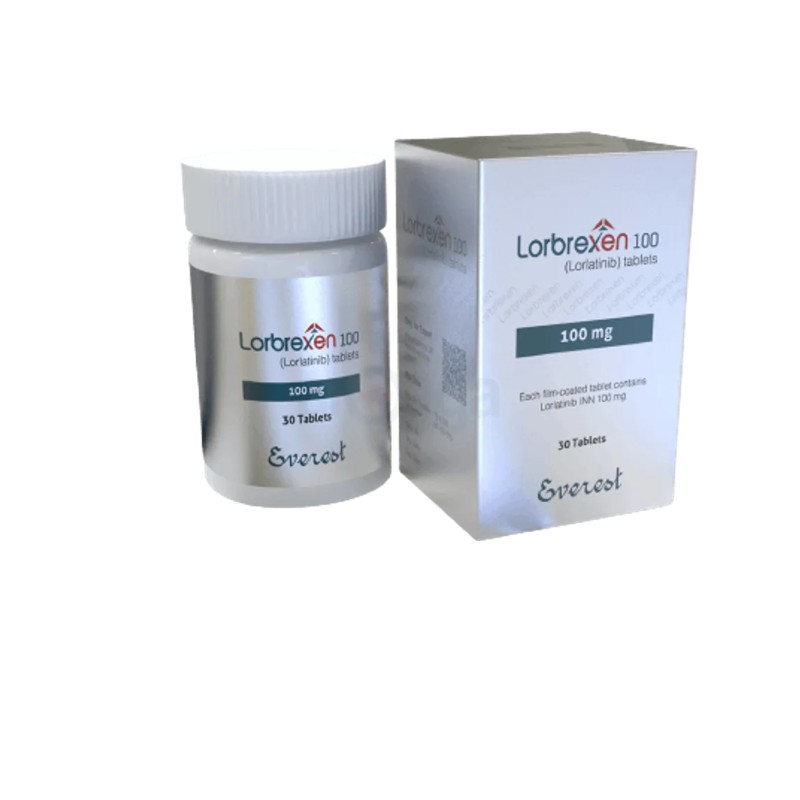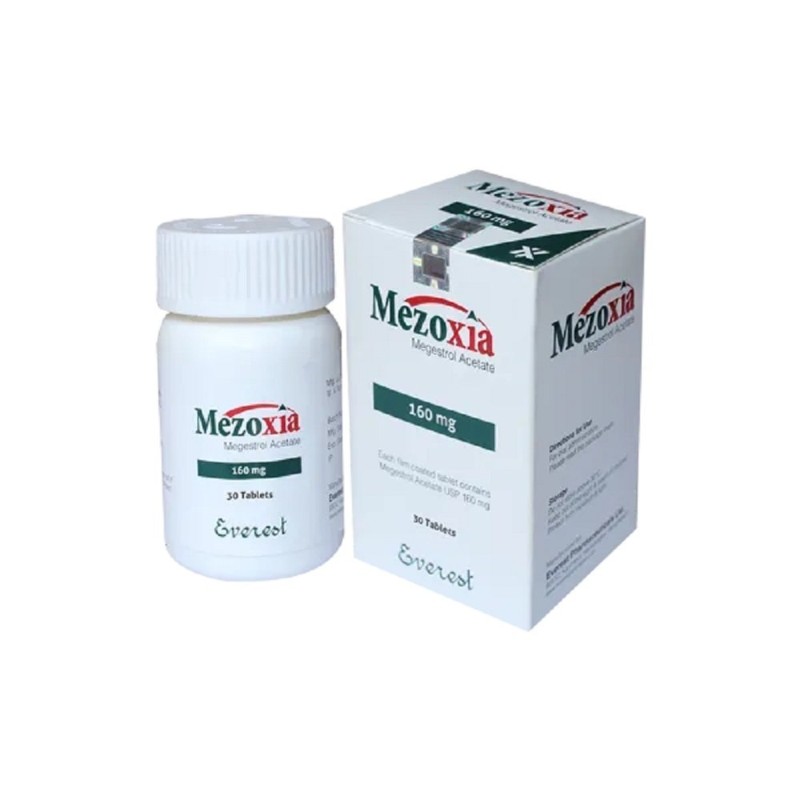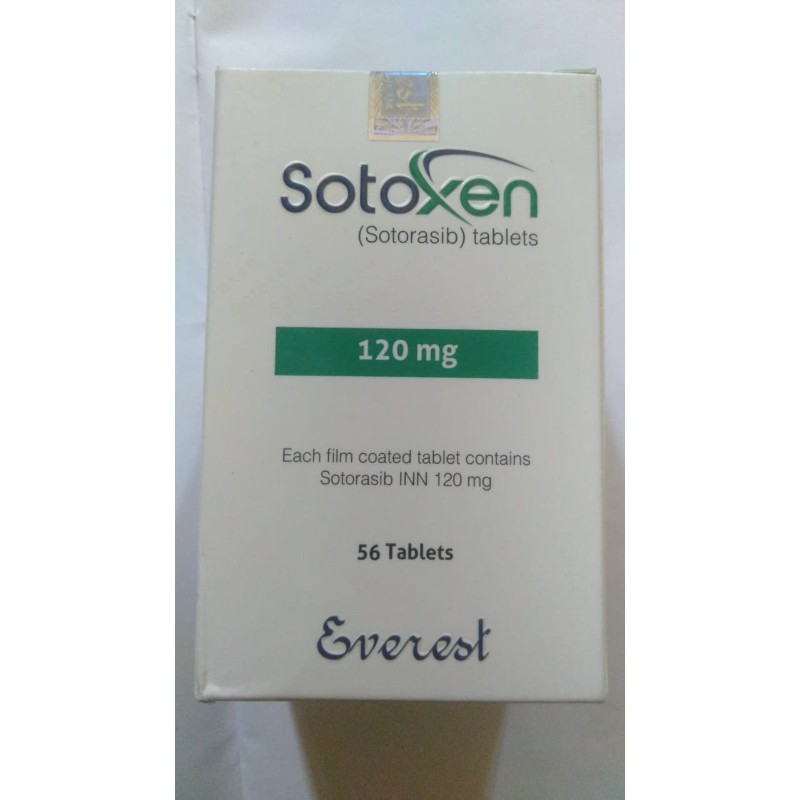Description
Ponatinib: Uses, Benefits, Dosage, and Side Effects
Ponatinib is a prescription medication used to treat certain types of leukemia. Marketed under the brand name Iclusig, Ponatinib is a tyrosine kinase inhibitor (TKI) specifically designed to combat cancer cells caused by genetic mutations like BCR-ABL, including the T315I mutation, which is resistant to many other treatments.
🔬 What is Ponatinib Used For?
Ponatinib is primarily used to treat:
-
Chronic Myeloid Leukemia (CML) – especially in patients with resistance or intolerance to other TKIs.
-
Philadelphia Chromosome-Positive Acute Lymphoblastic Leukemia (Ph+ ALL) – for patients who haven’t responded to other treatments.
It is especially effective in patients with T315I-positive mutations, where other TKIs like imatinib or dasatinib may not work.
💊 How Does Ponatinib Work?
Ponatinib targets and blocks the activity of BCR-ABL and other cancer-causing proteins in the body. By inhibiting these enzymes, Ponatinib helps to slow or stop the growth of cancer cells.
🕒 Ponatinib Dosage and Administration
Ponatinib is typically taken once daily by mouth, with or without food. The standard dose is often 45 mg per day, but your healthcare provider may adjust this based on your response and tolerance.
Important: Always take Ponatinib exactly as prescribed. Do not alter the dose without consulting your doctor.
⚠️ Side Effects of Ponatinib
Like all medications, Ponatinib may cause side effects. Common ones include:
-
High blood pressure
-
Rash or skin changes
-
Fatigue
-
Headache
-
Diarrhea
-
Nausea
Serious side effects may include blood clots, liver problems, or heart issues. Regular monitoring by your healthcare provider is essential during treatment.
🧪 Monitoring During Treatment
Your doctor will perform regular blood tests and heart monitoring to ensure the drug is working effectively and safely. This may include liver function tests, complete blood counts, and ECGs.
🚫 Who Should Not Use Ponatinib?
Ponatinib is not recommended for:
-
Pregnant or breastfeeding women
-
Patients with uncontrolled hypertension or cardiovascular issues (without medical supervision)
Always inform your doctor of your medical history and any other medications you are taking.
📦 Storage and Handling
-
Store Ponatinib at room temperature (20–25°C / 68–77°F)
-
Keep out of reach of children
-
Do not use after the expiration date on the label
📝 Frequently Asked Questions (FAQs)
Is Ponatinib a chemotherapy drug?
Ponatinib is not traditional chemotherapy; it’s a targeted therapy known as a tyrosine kinase inhibitor.
Can Ponatinib cure leukemia?
While it may not cure leukemia, Ponatinib can significantly reduce cancer progression and improve survival rates, especially in resistant cases.
How long can you take Ponatinib?
Treatment duration depends on your response, tolerance, and doctor’s assessment. Some patients take it long-term.
📌 Conclusion
Ponatinib is a powerful, targeted therapy designed to treat advanced cases of CML and Ph+ ALL, especially when other treatments fail. By blocking specific cancer-causing mutations, it offers new hope to patients with limited options.
Always consult your oncologist or hematologist before starting or modifying treatment with Ponatinib.






Reviews
There are no reviews yet.